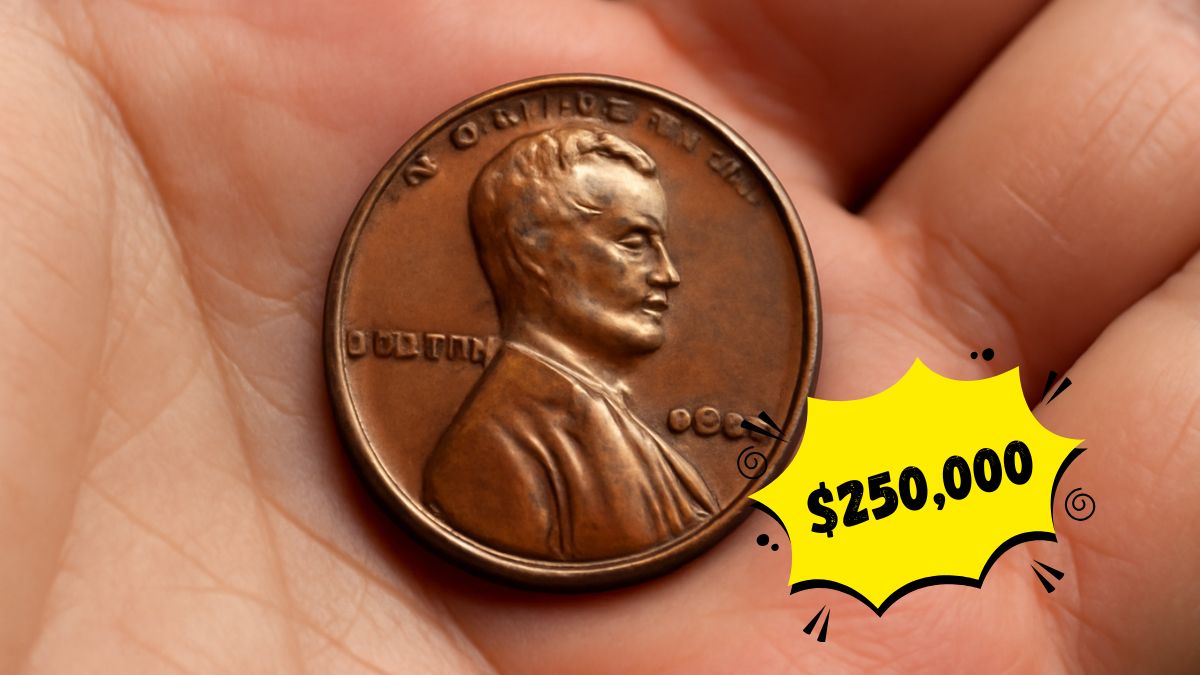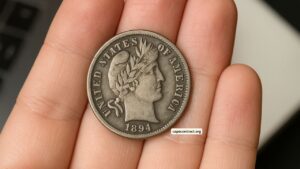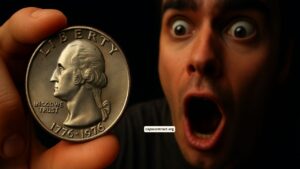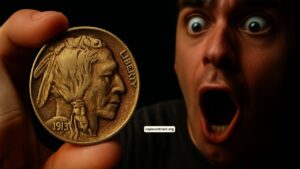The Lincoln Wheat Penny, minted from 1909 to 1958, is more than just pocket change. Certain editions are highly sought after by collectors and can fetch impressive sums at auctions.
Among these, the 1943 copper penny stands out, with some specimens valued at up to $250,000. But what makes this penny so special, and how can you determine if you have one?
Understanding the Lincoln Wheat Penny
The Lincoln Wheat Penny was introduced in 1909 to commemorate the 100th anniversary of Abraham Lincoln’s birth.
Designed by Victor David Brenner, it was the first U.S. coin to feature a real person. The obverse displays a portrait of Lincoln, while the reverse features two stalks of wheat, symbolizing prosperity.
Factors Influencing the Value of a Lincoln Wheat Penny
Several factors contribute to the value of a Lincoln Wheat Penny:
- Rarity: Coins with low mintage numbers or unique minting errors are more valuable.
- Condition: Coins in uncirculated or mint condition are worth more.
- Historical Significance: Certain years or mint marks are historically significant, increasing their value.
- Demand: The popularity of certain coins among collectors can drive up prices.
Rare Lincoln Wheat Pennies Worth Up to $250,000
1. 1943 Copper Penny
In 1943, the U.S. Mint switched from copper to zinc-coated steel planchets to conserve copper for World War II. However, a small number of copper planchets were mistakenly used, resulting in the rare 1943 copper penny.
Only around 30 of these coins are believed to exist, making them highly valuable. One such penny sold for $840,000 in 2010.
2. 1909-S VDB Penny
The 1909-S VDB penny is notable for its low mintage and the inclusion of designer Victor David Brenner’s initials on the reverse.
Due to public outcry over the prominence of the initials, they were removed, making this coin even rarer. A 1909-S VDB penny sold for $360,000 in 2019.
3. 1955 Doubled Die Obverse Penny
The 1955 doubled die penny resulted from a minting error where the die was misaligned, causing the date and lettering to appear doubled.
Approximately 20,000 to 24,000 of these coins were released into circulation. A well-preserved 1955 doubled die penny can fetch up to $288,000.
How to Identify a Valuable Lincoln Wheat Penny
To determine if your Lincoln Wheat Penny is valuable, consider the following steps:
- Examine the Date and Mint Mark: Check the year and mint mark (if any) on the obverse.
- Look for Minting Errors: Inspect the coin for doubling, misprints, or other anomalies.
- Assess the Condition: Coins in mint or uncirculated condition are more valuable.
- Consult a Professional: If you suspect your coin is rare, have it evaluated by a professional numismatist.
Rare Lincoln Wheat Pennies and Their Values
| Coin Type | Estimated Value | Notable Features |
|---|---|---|
| 1943 Copper Penny | Up to $840,000 | Minted on copper planchets by mistake |
| 1909-S VDB Penny | Up to $360,000 | Low mintage; designer’s initials removed |
| 1955 Doubled Die Obverse | Up to $288,000 | Minting error causing doubled date and lettering |
While most Lincoln Wheat Pennies are worth only their face value, certain rare editions can be worth substantial amounts.
If you come across a 1943 copper penny, a 1909-S VDB penny, or a 1955 doubled die penny, you might be holding a valuable collector’s item.
Always handle rare coins with care and consult with a professional to accurately assess their value.
FAQs
How can I tell if my 1943 penny is made of copper?
Use a magnet to test the coin. If it sticks, it’s made of steel; if it doesn’t, it’s likely copper.
Are there other valuable Lincoln Wheat Pennies?
Yes, other valuable coins include the 1922 No D penny and the 1944 steel penny.
Where can I sell my rare Lincoln Wheat Penny?
You can sell rare coins through reputable auction houses, coin dealers, or online platforms specializing in numismatics.




